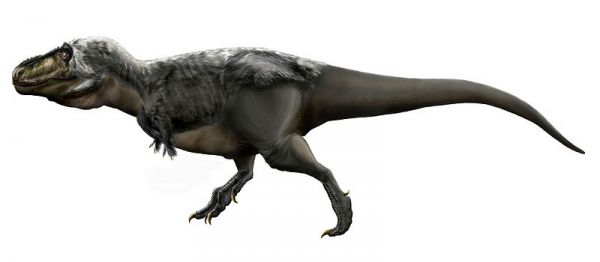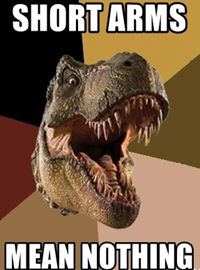
When the first Tyrannosaurus rex was discovered in 1902, he became King of the Dinosaurs. Large and ferocious, the T. rex was made into a movie star and fueled children's fantasies for decades. The dino's reputation was unmatched.
But this would come to a crashing halt in the 1990s, starting with a single line of dialogue from Dr. Alan Grant in Jurassic Park: “Don’t move: He can’t see us if we don’t move.”
Despite the fact that both the 1990 book and the 1993 film Jurassic Park gave the T. rex its proper reverence, there was one glaring error in their portrayal of the T. rex which would undermine its real-life ferocity: Its vision. In both the book and the movie, the T. rex is said to have “visual acuity based on movement,” which means — as quoted above — it can’t see you if you don’t move. In the book, this was introduced as a suspense-building plot device, explained away as the T. rex’s vision being limited due to the frog DNA in its system (some frogs do suffer from this, it’s true).
The movie was taking some license with the science. Still, the more we learned about T. rex, the lamer he seemed. And it's not just the feathers and those little arms the internet loves to poke at. Read about how we are constantly being disappointed in T. rex at Mel magazine. -via Digg
(Image credit: Durbed)






